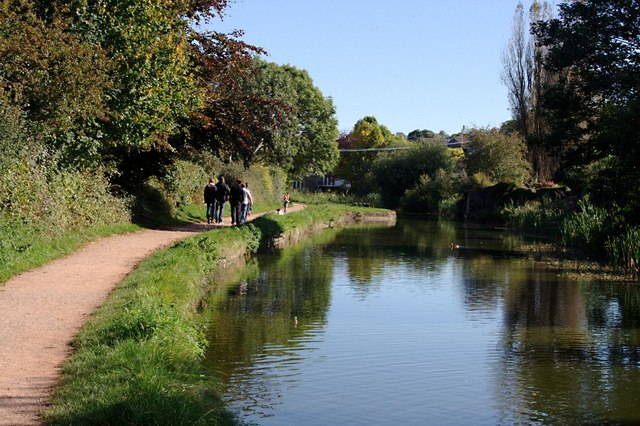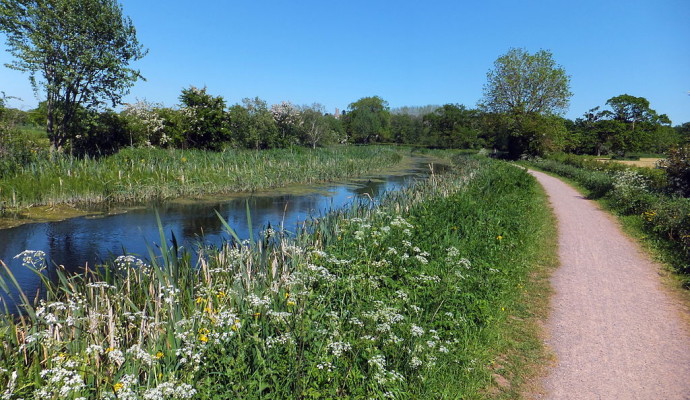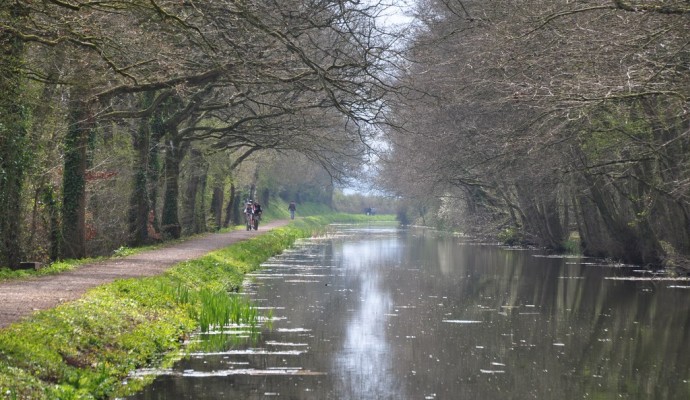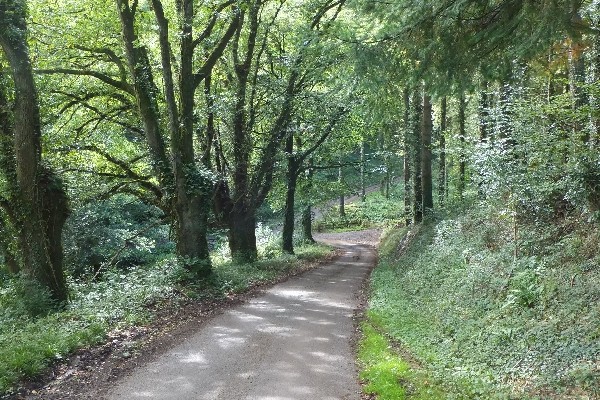Interesting information
Originally part of an ambitious scheme to link the Bristol Channel with the English Channel, the Canal was proposed as a way for shipping to avoid the long and perilous journey around the Cornish peninsula, and as a route for transporting goods, including coal from South Wales, into the heart of Somerset and Devon. The first section was opened in 1814, but the costs escalated and delayed construction of the next section to Taunton for many years. Eventually it was completed in 1838. For a short time, the Canal was profitable, but the advent of the railway took much of the trade from the Canal and by the 1920s it became disused.
A wealth of structures dating back to the Canal’s heyday can still be found including the Tiverton Basin and Waytown limekiln complexes, 15 road bridges over the Canal (designed by John Rennie) and the 40m-long Waytown Tunnel. Other notable structures include milestones, culverts, wharves, accommodation bridges, an aqueduct and a lock.
The Canal slowly choked up with reeds and was largely abandoned until the 1960s, when proposals to use the Canal as a linear landfill site and possible route for a road galvanised local support for preserving the Canal. The campaign proved to be successful; in 1971 Devon County Council took on ownership of the canal and declared it a Country Park. Since then, a substantial investment in dredging and relining has been made.
The Canal supports a rich and vibrant variety of wildlife and provides a great opportunity to get close to nature. It is host to a range of bird species and waterfowl. Most mammals are shy creatures but if you look carefully, particularly near dusk or dawn, you may be able to spot Roe Deer, Foxes or Badgers. A number of bat species use the Canal for feeding and as a safe corridor to travel between roosts and feeding areas. There is also evidence of otter activity.
The Canal is a mass of colour in spring and summer with an abundance of wild flowers growing along the water’s edge. This also means it is a hot spot for butterflies and dragonflies in spring, summer and early autumn, feasting on nectar and smaller insects sheltering in the vegetation.
Hedgerows border the canal path and you may see examples of recently laid hedges where the stems are partially cut and bent over, winding between poles to create a living fence. Some fantastic examples of mature oaks may be found in the hedgerow and new ‘standard’ trees are left to grow on at intervals, when the hedges are laid.



